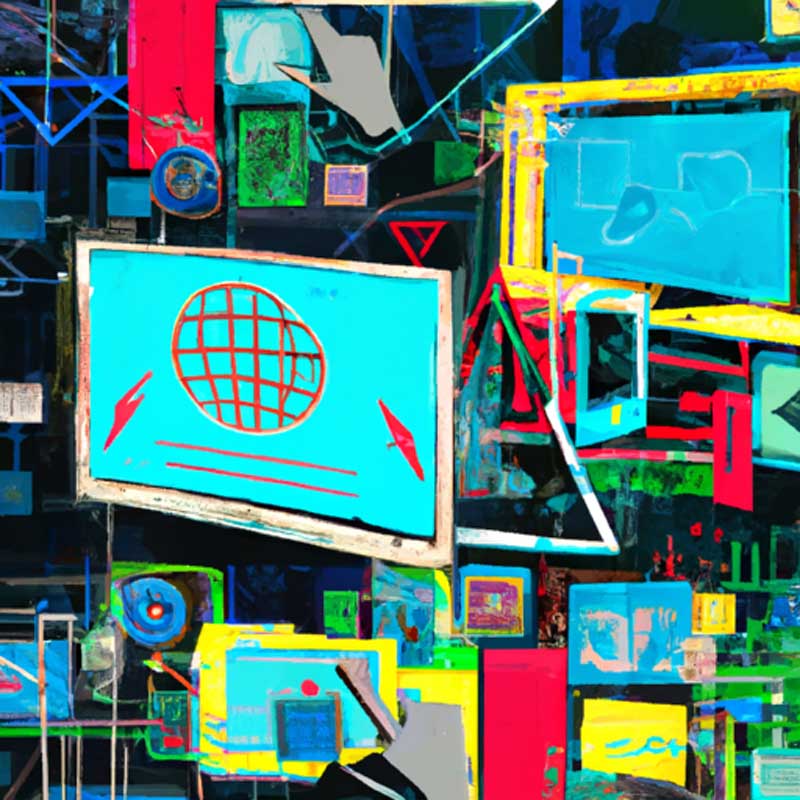TLDR:
Researchers at the University of Toronto used artificial intelligence to find a more efficient way to make green hydrogen, a sustainable energy source, by identifying a new catalyst through virtual simulations. The AI program recommended an alloy of ruthenium, chromium, and titanium, which performed 20 times better than the benchmark metal, offering promise for green energy solutions.
Key Points:
- University of Toronto researchers used AI to accelerate the search for a more efficient catalyst for green hydrogen production.
- The AI program identified an alloy of ruthenium, chromium, and titanium that performed 20 times better than the benchmark metal in terms of stability and durability.
Full Article:
Researchers at the University of Toronto are using artificial intelligence to accelerate scientific breakthroughs in the search for sustainable energy. They have used the Canadian Light Source (CLS) at the University of Saskatchewan (USask) to confirm that an AI-generated “recipe” for a new catalyst offered a more efficient way to make hydrogen fuel. To create green hydrogen, you pass electricity that’s been generated from renewable resources between two pieces of metal in water. This causes oxygen and hydrogen gases to be released. The problem with this process is that it currently requires a lot of electricity and the metals used are rare and expensive. Researchers are searching for the right alloy, or combination of metals, that would act as a catalyst to make this reaction more efficient and affordable.
Traditionally, this search would involve trial and error in the lab, but when you are trying to find the proverbial needle in a haystack, this approach takes too much time. The AI program the team developed took over 36,000 different metal oxide combinations and ran virtual simulations to assess which combination of ingredients might work the best. Abed then tested the program’s top candidate in the lab to see if its predictions were accurate. The alloy, a combination of the metals ruthenium, chromium, and titanium in specific proportions, was a clear winner, according to Abed.
While the AI program Jehad and colleagues developed shows great promise, the material itself still needs to undergo lots of testing to ensure it will last under “real world” conditions. “The computer was right about this alloy being more effective and stable. That was a breakthrough because it shows that this method for finding better catalysts is working,” said Abed. The researchers are hopeful that AI will offer a faster route to finding the answers we need to make green energy practical for widespread use.
